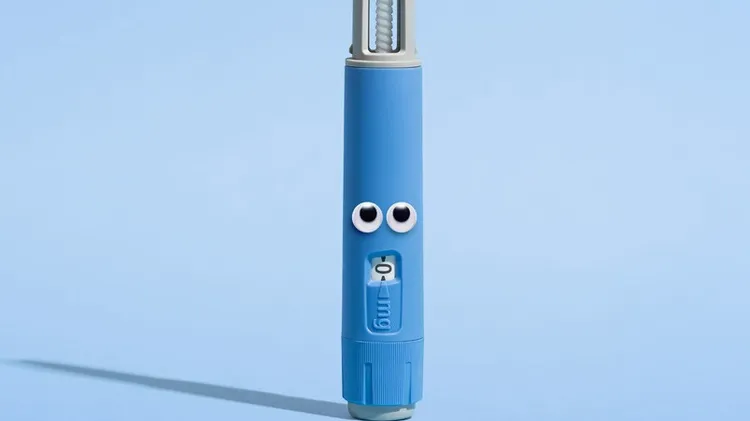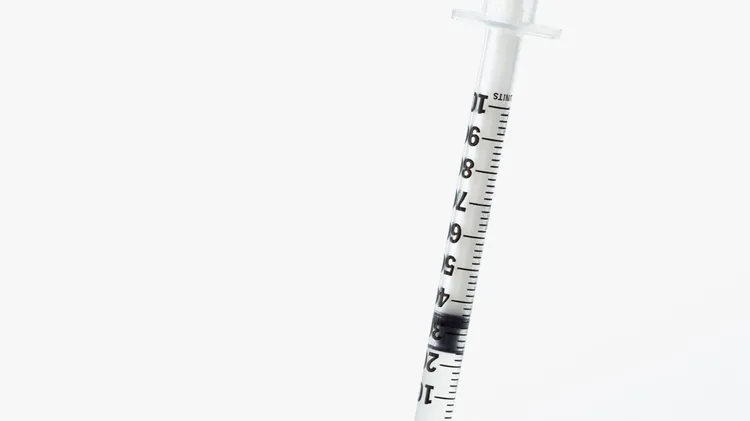We can unravel the
Kids are the key to understanding obesity. but we need more of their genes
3 min read
This article is from...
Read this article and 8000+ more magazines and newspapers on Readly






